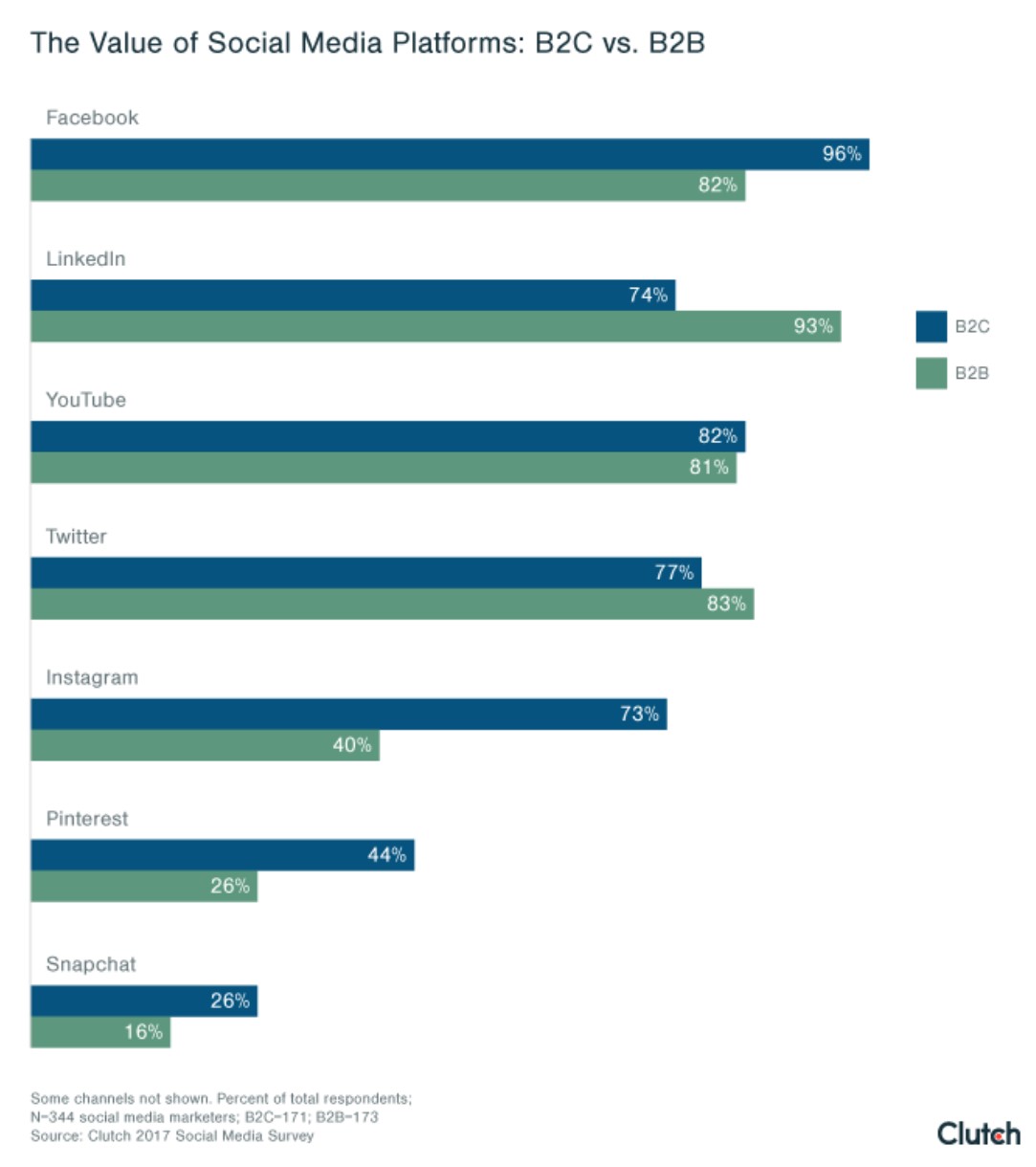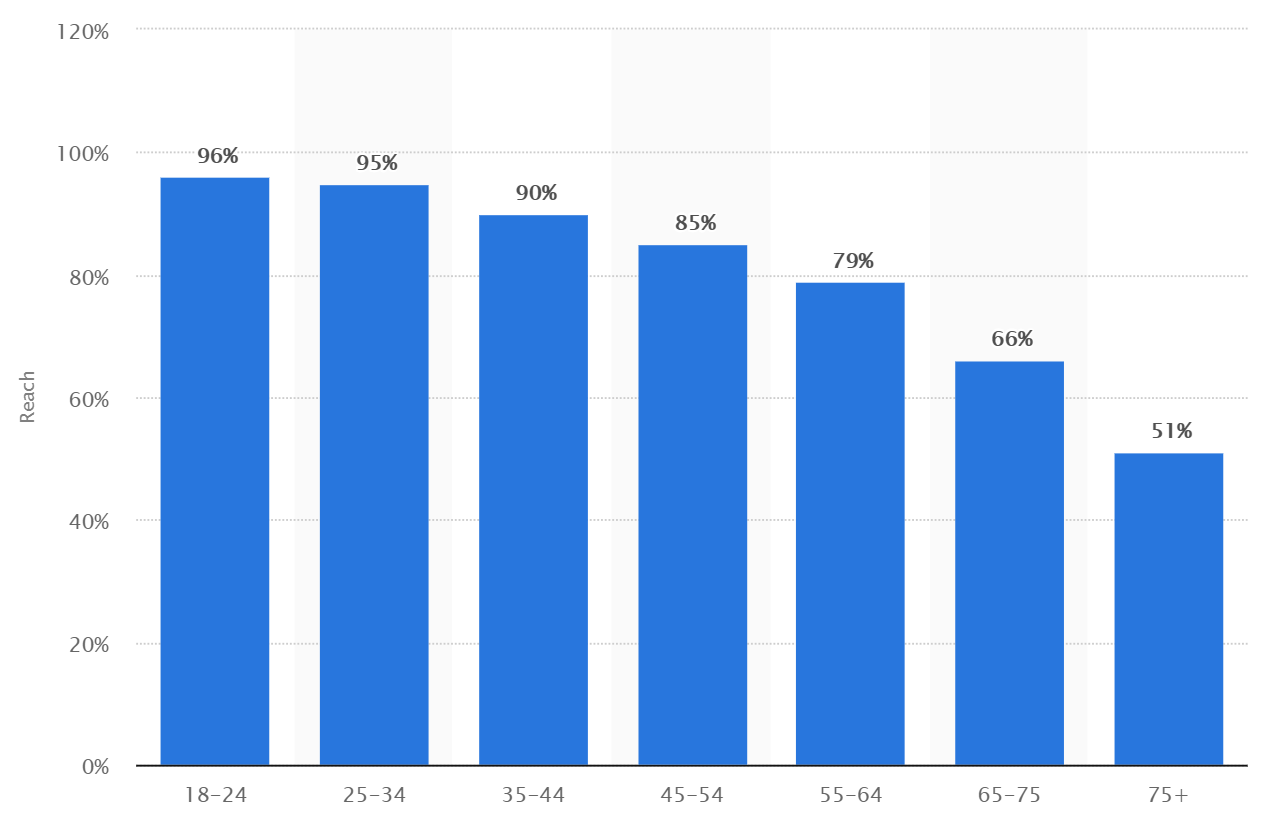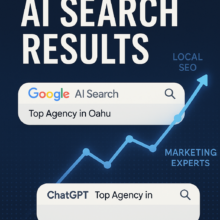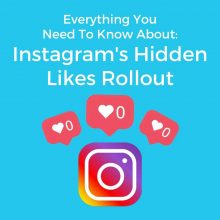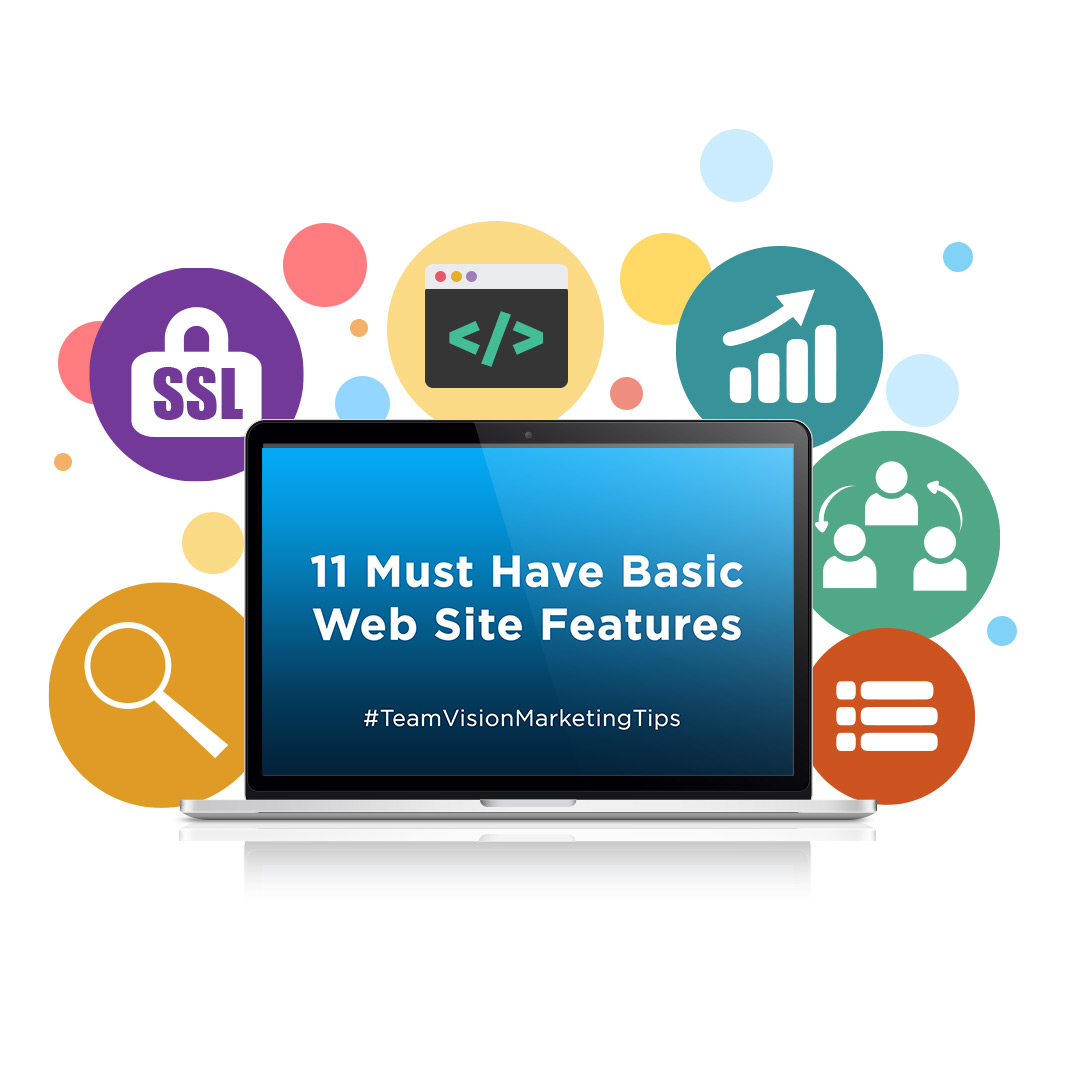
December 28, 2018
11 Must Have Web Site Features For Hawaii Business Web Sites
Secure Sockets Layer (SSL) Certificate
Terms of Use
Disclaimers
Hear from Harry A. Saunders, President of Castle & Cooke Hawaii, on his 20 years of experience working with Team Vision.
- How to Rank in Google AI and Chat GPT Search
- How to Select The Best Hawaii Advertising Agency for Your Business
- How AI Will Transform Marketing
- What Is IP Targeting and How Can I Use It for My Business?
- Everything You Need to Know About Instagram’s “Hidden Likes” Test
- Hawaii Social Media Marketing Tips
- How To Succeed in Zero-Click Search SEO
- Social Media Marketing Trends
- Your Guide to Google Rich Search Features
- What to Expect After A Google Broad Core Algorithm Update
- Top 5 Facebook Story Sticker Tips
- Hawaii Search Engine Optimization – SEO Companies
- Top 10 Instagram Story Sticker Tips
- Know The Common Difference: Black Hat SEO vs. White Hat SEO
- 10 Types of Content That Will Boost Engagement
- Video Advertising is Growing – Are You Making the Shift?
- Why You Should Advertise on Facebook Messenger
- Buying Instagram Followers – Is It Worth The Money?
- Top 10 Instagram Hashtag Tips for 2019
- 2018 Social Media Trends: Were We Right On The Money?
Call Us Today at (808) 536-0416.
Sources:
http://time.com/12933/what-you-think-you-know-about-the-web-is-wrong/
https://www.youtube.com/watch?v=OlbJKOWEPEM
https://www.godaddy.com/garage/does-your-website-really-need-terms-of-use/
https://www.nielsen.com/us/en/insights/news/2012/trust-in-advertising–paid-owned-and-earned.html
https://blog.hubspot.com/service/get-customer-reviews
https://support.google.com/webmasters/answer/80471
https://blog.hubspot.com/marketing/how-to-reduce-your-websites-page-speed
https://contentmarketinginstitute.com/wp-content/uploads/2017/09/2018-b2b-research-final.pdf
https://www.socialmediatoday.com/news/20-web-design-stats-you-need-to-know-first-infographic/524656/

Hey Google, Why Should We Optimize Our Web Site For Voice Search?
Voice searching technology is changing the way we browse and shop on the internet. We can look up almost anything on the web just by saying, “Hey Google…” or “Hey Siri…” We can even turn on the lights, send texts, play music, and plan our day with a quick verbal request.
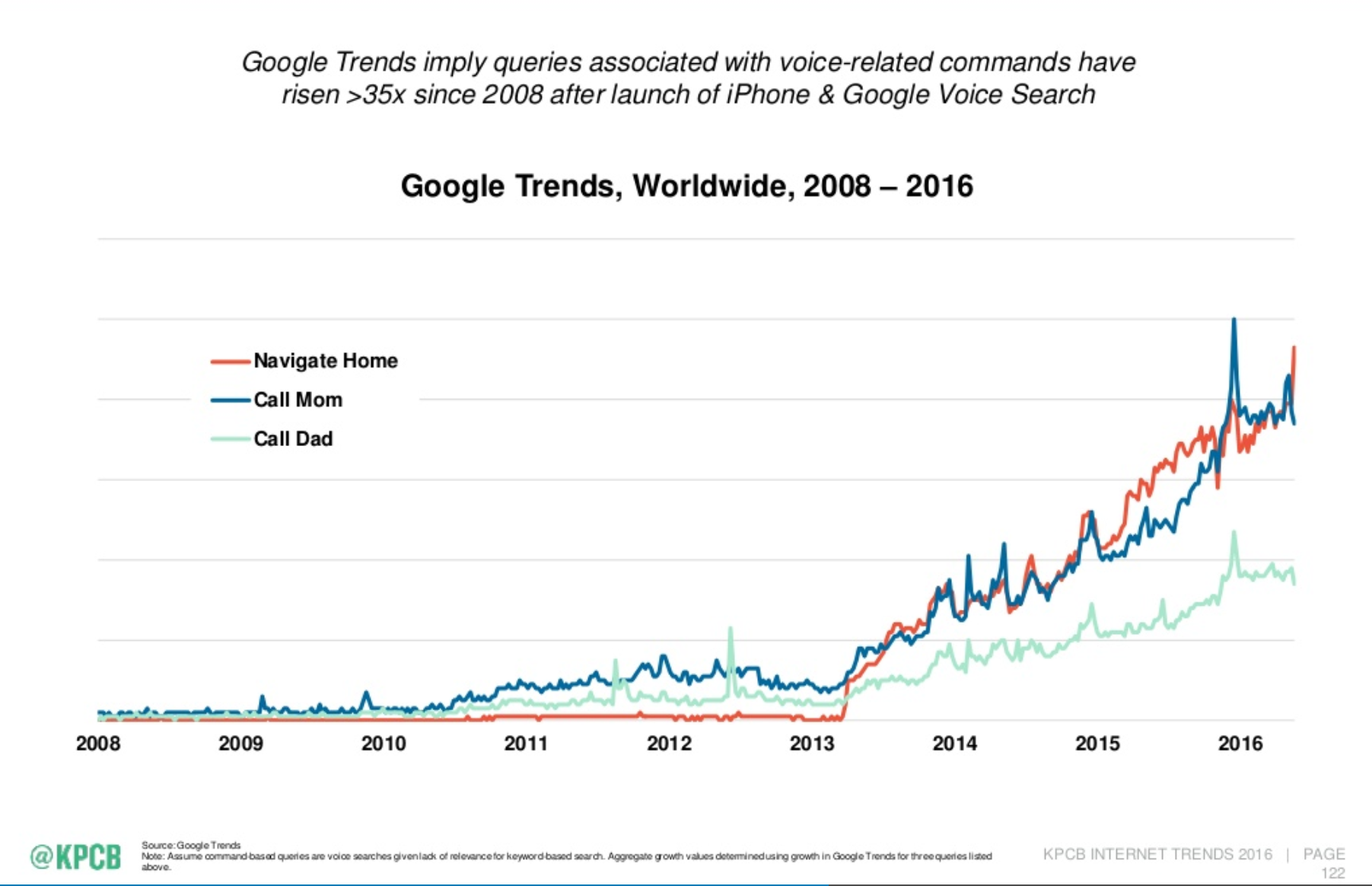
Image Source: KPCB/Mary Meeker’s Annual 2016 Internet Report
As voice searching continues to gain popularity among all age groups, businesses must rethink their Search Engine Optimization (SEO) strategies and how they write their web page content.
- In 2017, one in six Americans owned a voice-activated smart-speaker
- According to Forbes, OC&C Strategies Consultants found that voice search accounted for $1.8 billion on Amazon’s 2017 sales. They predict that sales will increase to $40 billion by 2022.
- 44% of people regularly use voice-activated technology order groceries, household items, etc. at least once a week.
- 20% of inquiries on the Google app are by voice searches.
- 22% of voice searches are for local information and 30% are for general information, according to Mary Meeker’s Annual 2016 Internet Report.
- Garner reports that by 2020, voice-activated searches will account for 30% of web browsing.
- Emarketer predicts that in 2019, 39.3% of Millennials, 17.2% Gen X, and 10.1% of Baby Boomers will use their voice-enabled digital assistant on their devices.
So, how can we incorporate voice searching in our SEO strategy?
1. Add Schema Markup To Your Site
Search engine algorithms are based on multiple factors that relate to your web site’s content. This is why in addition to producing quality content, it’s essential to incorporate keywords and metadata into your site.
A schema markup is essentially like metadata, which is a set of code that helps search engines organize and classify your website’s content and enables search enhancements. You can use schema markups to optimize information that voice search users will be looking for, like contact information, operational times, directions, and so on.
It may seem daunting for those who are not familiar with coding, but this is an important tactic to use. If you need assistance on any of your web-based needs, give Team Vision Marketing a call. We have extensive experience designing web sites and developing innovative digital and SEO programs for our clients. Check out our web design and marketing work in our portfolio.
2. Use Long Tail Keywords and Keep Your Content Conversational
It requires less effort to say a complete sentence than typing out one, which is why voice searches tend to be longer and more conversational than traditional search engine phrases. Thus, brands should be writing content in a natural speaking voice that includes long tail keywords, which are search phrases that are three to five words long. It might also be worthwhile to test bids on long tail keywords. For example, Team Vision would bid on keywords like “Top Hawaii Marketing Agency” or “Hawaii Advertising Agency”.
Tip: Use Google Search Console to see what voice searches you’re currently showing up on and brainstorm more voice searches your web site can relate to.
3. Anticipate For Specific and Stronger Intent
Along with general inquiries, voice search users can have stronger purchasing intent. So, it might be ideal to test full question keywords or answer questions, like “Where is the closest cafe?”.
The type of question can indicate the degree of desire. As explained on Moz.com, questions that begin with “Who” or “What” reveal interest, while questions that begin with “When” or “Where” shows more intent on an action.
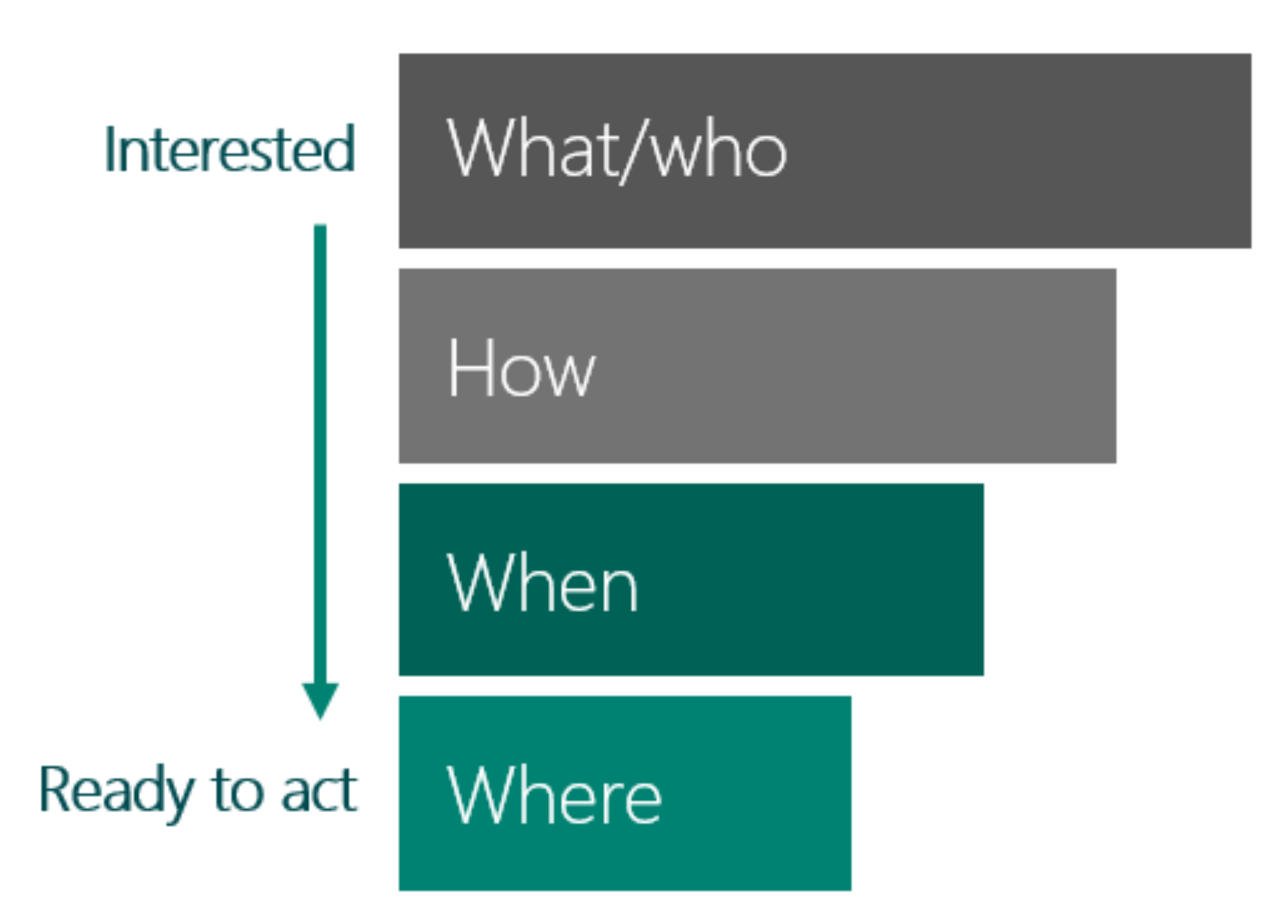
Image Source: “How Voice Search Will Chance Digital Marketing – For the Better”
This also means that voice searches can have more specific inquiries, such as “Hey Google, search for mid-century furniture near me.” This is good news for brands that target a more niche audience or sell a specific product.
Take our client, Castle & Cooke Homes Hawaii’s, newest residential real estate neighborhood, as an example. Their target audience for this community is people already living in or wanting to move to Waipahu, Hawaii. Thus, long tail keyword phrases like “Waipahu Real Estate” will be more valuable than just “Real Estate.”
4. Claim Your Business On Google
Although your business should already have done this, it has become even more essential to claim your business on Google, now that more local or “near me” inquiries are made on voice searches – as seen in the graph below.
“Near Me” Voice Search Usage
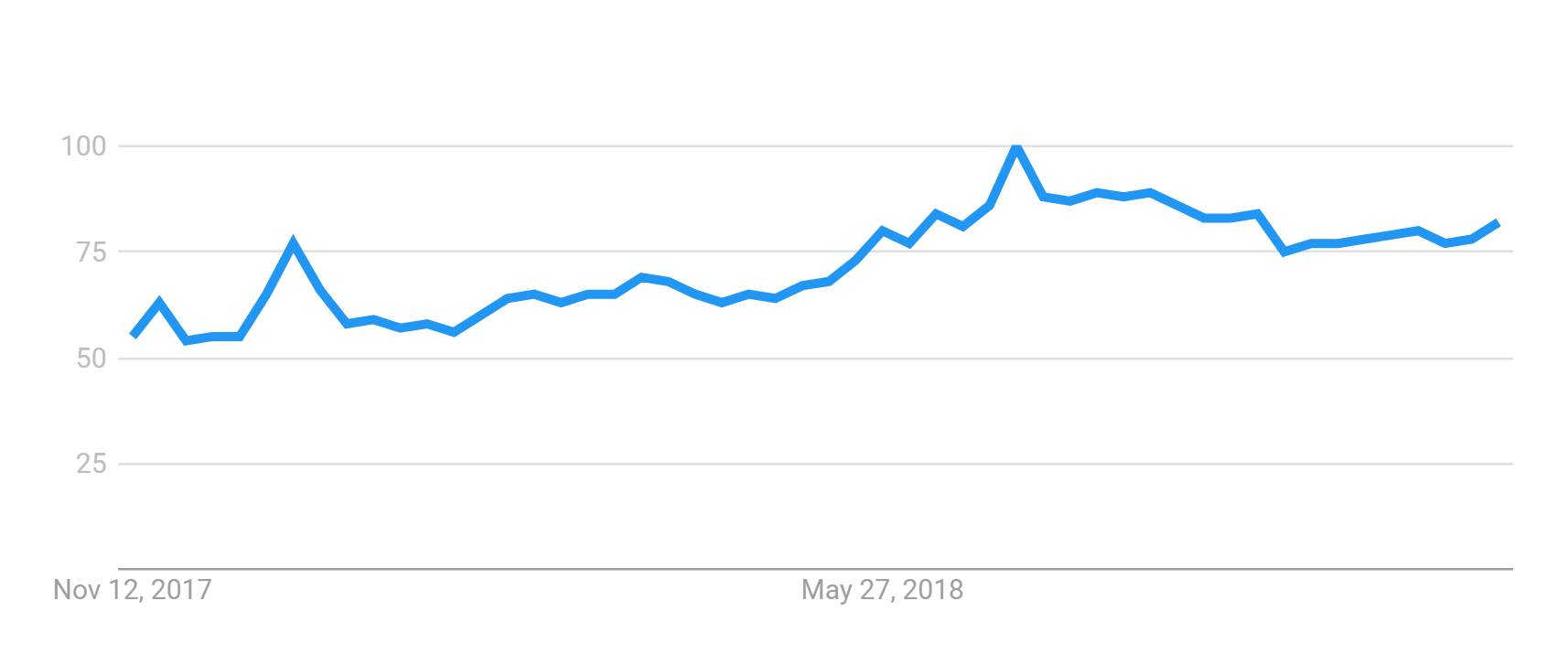
Image Source: Google Trends “Near Me” Report
Claiming the business gives you the ability to list what category it falls under, give some details about your products/services, and input the correct contact information. This will help your customers find your business easier during searches, provide accurate information, and it can help increase your ranking on the search engine results page (SERP).
5. Make Your Web Site Mobile Friendly
It’s imperative and highly recommended that your web site is converted to be responsive on all devices. Due to the fact that a majority of Google searches, including voice searches, are made on mobile, Google factors a web page’s mobile format into its search engine ranking algorithm.
It also provides your audience with a seamless and more enjoyable web experience. When a site is mobile friendly, the web site automatically formats the content to fit within the width of the screen, making it more aesthetically pleasing, easier to work with, and it keeps your bounce rates lower.
6. Optimize Your FAQS Page
Since questions are more likely to be voice search phrases, optimizing your FAQ page would be worth your while. FAQs pages are another opportunity for businesses to add in more searchable long tail keywords, which can make your web site more attractive for voice search results.
Team Vision recommends researching what common questions your audience might ask in a voice search that relates to your business and title your FAQs exactly like that. For example, a possible voice search question and FAQ for Team Vision could be: “What is a full-service marketing agency?”.
Tip: As previously mentioned, keep in mind that voice searches are more conversational, so adopt a casual tone for the FAQ title and content.
7. Update Web Content for Google Quick Answers
In 2014, Google created Quick Answers, a more convenient method of pulling up content relevant to certain inquiries, like “how to…” or “what is…” searches, from specific web sites. This Quick Answers box is featured above the first organic result of the SERP and includes the link to the page. See an example below.
Web pages featured in the Quick Answers box are determined by the web page’s SEO, quality, data structure, and relevance to the search inquiry.
How does this relate to voice search? Voice searches tend to be direct questions. Google will favor citing high-quality pages that are also optimized with long tail keywords.
Voice-activated technology will continue to change the way we surf and shop online. It’s a self-learning AI technology that will inevitably become more and more sophisticated, so businesses need to constantly update and adapt their digital marketing and SEO strategies.
Don’t stress about it! Team Vision can help you with all your online marketing and SEO needs. Over the years, we have developed hundreds of successful SEO and online marketing programs and created many responsive web site designs for clients across Hawai’i. Just give us a call at (808) 536-0416, or use our website inquiry form at www.www.teamvision.com/contact.
Hear from Harry A. Saunders, President of Castle & Cooke Hawaii, on his 20 years of experience working with Team Vision.
- How to Rank in Google AI and Chat GPT Search
- How to Select The Best Hawaii Advertising Agency for Your Business
- How AI Will Transform Marketing
- What Is IP Targeting and How Can I Use It for My Business?
- Everything You Need to Know About Instagram’s “Hidden Likes” Test
- Hawaii Social Media Marketing Tips
- How To Succeed in Zero-Click Search SEO
- Social Media Marketing Trends
- Your Guide to Google Rich Search Features
- What to Expect After A Google Broad Core Algorithm Update
- Top 5 Facebook Story Sticker Tips
- Hawaii Search Engine Optimization – SEO Companies
- Top 10 Instagram Story Sticker Tips
- Know The Common Difference: Black Hat SEO vs. White Hat SEO
- 10 Types of Content That Will Boost Engagement
- Video Advertising is Growing – Are You Making the Shift?
- Why You Should Advertise on Facebook Messenger
- Buying Instagram Followers – Is It Worth The Money?
- Top 10 Instagram Hashtag Tips for 2019
- 2018 Social Media Trends: Were We Right On The Money?
Call Us Today at (808) 536-0416.
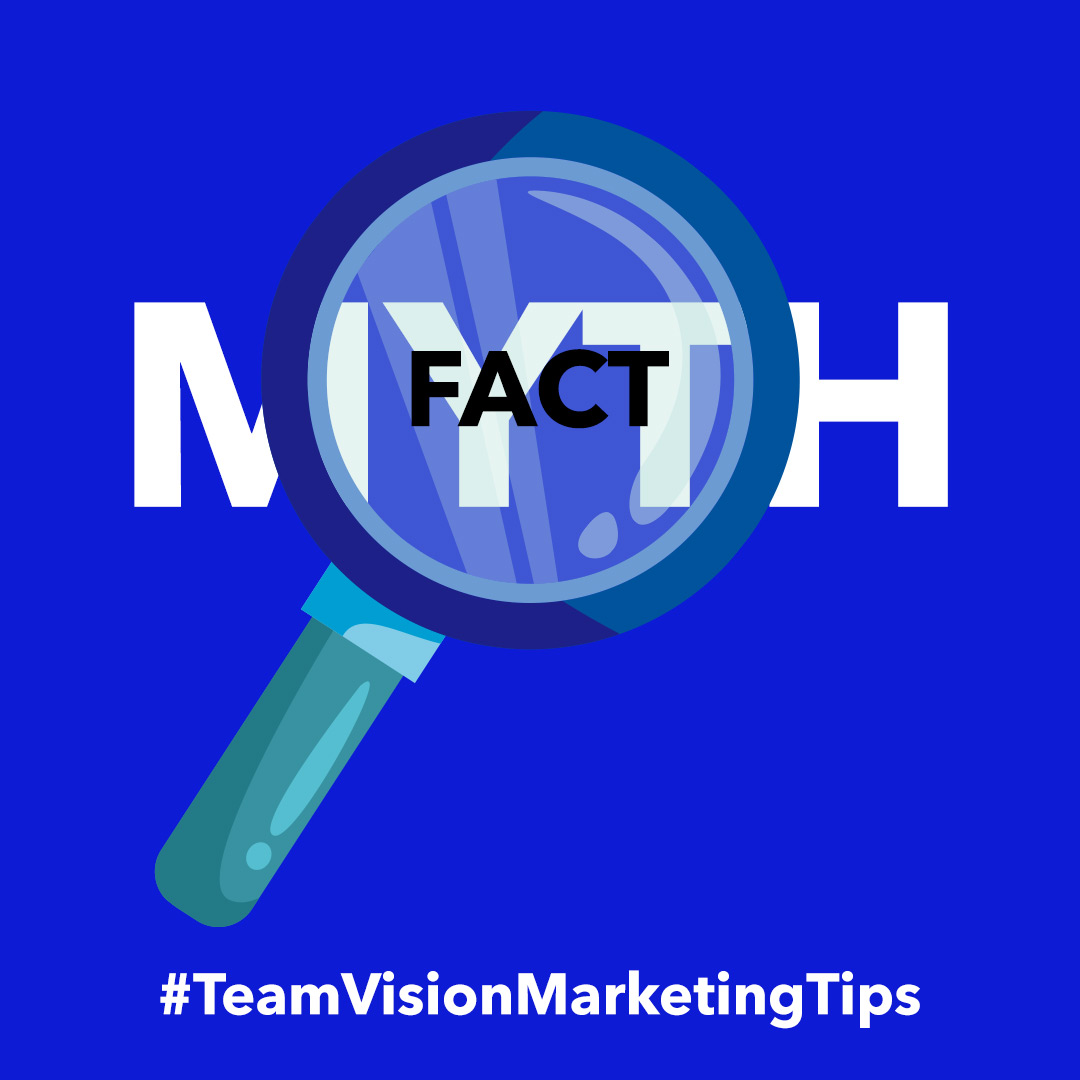
November 22, 2018
Busting Social Media Myths #4
Busting Social Media Myths #4
It’s common knowledge among digital marketing agencies that Social Media Marketing is an essential marketing tool, but some businesses still believe in some misconceptions surrounding it. Believing in these myths can affect the quality and growth of your brand’s social media presence. Team Vision Marketing’s team feels obligated to bust some of these common myths and help guide your business in the right direction. In this edition of Busting Social Media Marketing Myths, our team will weigh in on which online advertising networks are most popular, audience targeting, and sustainable methods for growing your social media follower counts.
Make sure to read Busting Social Media Marketing Myths #1, Busting Social Media Marketing Myths #2, and Busting Social Media Marketing Myths #3 for more busts on social media marketing myths.
MYTH 1: Facebook And Instagram Are The Only Effective Social Media Platforms To Advertise On.
Although Facebook Ads, which distributes social media ads on both Facebook and Instagram, is the dominant social media advertising network, agencies and brands shouldn’t disregard advertising on other social media platforms, such as YouTube and SnapChat. In fact, these other social media advertising networks have been improving their operating systems to increase advertising effectiveness and ROI. Digital agencies recognize the potential and value of these smaller social media advertising networks, as seen in the graphic below by Clutch.
Team Vision Marketing recommends that brands be open-minded and research how you can potentially utilize these smaller social media advertising networks in your digital marketing plans. Here are some pros and cons of each.
YouTube:
Pros
-
-
YouTube is used by a wide range of age groups.
-
- It’s a creative platform with six different ad formats. Skippable video ads (a.k.a. TrueView ads), Non-skippable video ads, 6-second Bumper ads, Overlay ads, Display ads, and Sponsored cards.
- There are 1.5 billion monthly users that watch one billion hours of YouTube videos daily. YouTube mobile video consumptions are increasing by 100% every year, according to HubSpot.
- Video ads are an effective form of digital marketing/advertising. A 2016 study by Google and comScore found that 48% of online video viewers prefer YouTube as their top video site. Videos provide agencies and brands the opportunity to tell their story and educate their target audiences with their products or services in a creative way. With video ads, advertising can be engaging, compelling, and entertaining.
- Keyword targeting on YouTube can be less expensive than keyword targeting on Google with views costing an average of $0.06 per click on YouTube (HubSpot).
- YouTube Ads and videos can improve your SEO ranking.
- There are new audience targeting developments. In addition to the YouTube behavioral video viewing algorithm, YouTube advertisers will be able to target viewers based on their past Google search history of products or services in the near future (HubSpot).
- Another form of YouTube Advertising can take form as a collaboration with YouTube influencers. Influencer marketing can be effective because some consumers like to watch testimonials, reviews, or product demo videos before buying a product or service (Forbes). In fact, more than 80% of people trust online reviews as much as personal recommendations, like unboxing videos (Forbes). 90% of YouTube users say that product videos are helpful in the decision process and after watching a video, 64% of users are more likely to buy a product online (HubSpot).
Cons
- It can cost a company a lot of time and money to produce high-quality video ads. There are numerous case studies that show that YouTube ads successfully increased brand awareness, conversions, and web site traffic. However, a successful YouTube ad depends on the quality of the video or if the YouTube influencer has a positive review of your products or service. Now that YouTube’s Director On-Site program has been terminated, small businesses will have to rely on in-house resources, an advertising agency, or YouTube recommended third-party video creating platforms to make video ads. For businesses that want to self-produce their YouTube ads, understand that it takes time to conceptualize the storyboard, write dialogue or copy for the ad, and block out shooting days. Then, it might be expensive to hire the right people to shoot, produce, and edit the video. In addition, your team might have to hire talent, rent a space to film at, and so on. Hiring or using one of the YouTube recommended third-party video creators might be a more affordable option. But the process will still require a lot of time and coordination between you and the third party video creator to create the ad.
- Influencer marketing could be costly and might not produce the results you are looking for.
- YouTube ads can be annoying. YouTube ads that play before or in the middle of a YouTube video can be seen as annoying by some. It’s easy for your audience to skip right past your ad and not pay attention to the message at all. Even so, these ads can be used effectively to create brand awareness, even with minimal viewing times.
SnapChat:
Pros:
- Agencies and brands can reach millennials and Gen Z audiences.4 million 12- to 17-year-olds will use Snapchat. Emarketer.com estimates that Snapchat will add 1.2 million new users in that age group by 2022, while Facebook will lose 2.2 million.
- About 187 million people use SnapChat 25 times per day.
- SnapChat has high engagements. SnapChat says that for every 1,000 followers a profile has, 900 of them will watch their story (Hootsuite.com). Taco Bell reports that 80% of their approximate 200,000 SnapChat friends saw their stories (Hootsuite.com). Not to mention that it’s one of the best platforms for User-Generated content.
- SnapChat has cool, interactive digital ad formats. SnapChat has three interactive ad formats: Snap Ads, Sponsored Geo-Filters, and Sponsored Lenses. When SnapChat users touch a Snap Ad, the ad can expand to a full screen video with audio, link to the brand’s web site, install an app, lead you to a long form video, or download an exclusive lens for the user to interact with. Sponsored Geo-Filters are great for increasing brand awareness and expressing the brand’s creativity. Sponsored lenses are interactive face filter animations that are really great for brand awareness and collecting user-generated content.
- SnapChat made some cool marketing upgrades. SnapChat has updated its insight features to track more valuable analytics data and improved their targeting features. According to AdWeek.com, SnapChat now offers pixels that can track web traffic, conversions, and create retargeting and lookalike audiences lists. AdWeek.com also reported that SnapChat advertisers can now upload customer email lists to match their SnapChat ads to the users.
- Ads are seen as less disruptive. Unlike Facebook, Twitter, and Instagram, ads don’t pop up on SnapChat’s feed or interrupt the user’s content. Instead, ads run in the Discover tab on the SnapChat app. Also, sponsored Geo-filters, like the ones we designed for Honua Kai Resort & Spa and Dole Plantation, and Sponsored Lenses only show up if the SnapChat user is within a brand’s geo-fence.
- Advertising costs for Sponsored Geo-Filters went down. SnapChat dropped their expensive advertising daily fees and opted to start using auction bids, like Facebook Ads and Google Ads (AdAge.com). However, according to Hootsuite, Geo-Filters can be as low as $5 to reach within the immediate location or $45 for 2 days to reach people in a city. According to AdAge.com, SnapChat is also developing a “Reach and Frequency” option for guaranteed prices according to approximate audience sizes.
- There’s less competition on SnapChat than Facebook and Instagram. This means that, potentially, the keyword targeting bids are cheaper on SnapChat Ads than for Facebook Ads. It could also mean that there is less noise for the SnapChat audience, so viewers may be more willing to watch your brand’s ads.
Cons:
- This digital advertising network is still new, and the audience is smaller than Facebook and Instagram’s advertising audience.
- Audience exposure to SnapChat ads is limited to the users that browse through the app’s Discovery tab.
- This digital advertising network is best for reaching younger people. If the target audience is older than teens and younger millennials, then it will be more effective to advertise on a different platform, like Facebook and Instagram ads.
- Sponsored Lenses can be very expensive. This ad format is not suitable for smaller businesses due to the costs required to create and code lenses, and the ad space. This is why mainly big-name brands, like Urban Decay or Pepsi, uses Sponsored Lenses.
- Designing custom Geo-Filters can be, potentially, expensive.
- SnapChat Geo-Filters are best for brand awareness. These ads can be less effective for generating increases in conversions.
MYTH 2: Targeting A Broader Audience With My Social Media Ads Will Give Me The Best Results
Yes, targeting a broader audience can generate more impressions, a greater reach, and increased clicks for your brand’s digital marketing ads, which is why this targeting strategy is ideal for increasing brand awareness, lead generation, and collecting customer data. For example, using a broad audience targeting strategy, a boutique hotel on Maui might target West Coast USA markets and bid on more vague search phrases, like “Hawaii Hotels”, instead of a more targeted phrase like “West Maui boutique hotels”. However, using less targeted filters for your brand’s digital marketing campaigns also means that the ads won’t attract the highest quality audience. You’ll wind up paying more (because you’re reaching a much larger audience), but since your audience targeting is less specific to your brand, you won’t necessarily see a proportionate increase in conversions.
If your company wants to increase sales and attract a higher quality audience to your site, then consider marketing to a specific audience with targeting filters, like location, interests, income, age, groups, and likes. For a specific audience targeting to work efficiently, your brand needs to have existing customer data, a solid idea of who your customer is, or buy data from a third-party data sharing firm. For example, a local Hawaii furniture store advertising on social media will want to specifically target an audience who is at least 25 years or older and interested in home decor or home improvements. For Google Ads, this local furniture store would find that bidding on search phrases that name a specific location or product, like “Contemporary Furniture stores on Oahu” or “Where to buy couches on Oahu”, is more effective than “couches” or just “Hawaii furniture stores”. However, targeting a highly curated audience or bidding on really specific search phrases may counteract the effectiveness of the campaign by attracting too niche of an audience, or by being too expensive.
Team Vision Marketing recommends that brands first establish their marketing goals and objectives and then determine which type of targeting strategy to implement. For our clients, we normally recommend a healthy mix of broad targeting (to attract new customers) and specific targeting (to increase conversions of existing customers) as there are benefits to both strategies.
MYTH 3: The Best Way To Gain Followers Is To Follow A Lot Of People And Then Unfollow Them.
Mass social media following, and unfollowing is an unsustainable follower growth strategy and it makes your brand seem unauthentic. And, having a lot of followers doesn’t necessarily mean that your social media profile produces great content. In fact, having a large follower base, but only receiving a small number of likes per post on Instagram, will seem strange. Brands can still follow a lot of social media profiles, but the motivation behind your follows should be that the brands you follow are somehow relevant to your business, or they produce great content of interest to you and your customers. Our recommendation: don’t follow people and brands for the sole purpose of trying to get them to follow you back.
The best way to grow your social media followers is to produce quality posts and to interact in a meaningful manner with the pages you follow by liking and commenting on posts you enjoy.
Here are a few more suggested tips from Team Vision Marketing that will help you gain followers:
- Create a good social media strategy.
- Use free social media insights or social media analytics tools to determine the best times to post and what posts work for your business.
- Use hashtags and tag a location on your posts.
- Post high-quality content that brings value to your audience consistently.
- Follow relevant profiles, companies, and influencers.
- Promote your page or sponsor posts when relevant.
- Collaborate with another profile with a bigger following, or with a social media influencer.
- Incorporate promotions and/or incentives to encourage people to follow you. But remember, to keep them as followers long-term, you’ll have to consistently produce quality content.
It’s important to note that these social media marketing strategies and tactics will require a substantial investment of your time and energy on an ongoing basis. If your company doesn’t have an in-house social media management expert, it’s recommended that you hire a social media management team or a digital marketing agency to manage your social media accounts.
Does your business need assistance with managing your social media accounts? Give Team Vision Marketing a call and let us help you out. Be sure to check out some of our creative social media campaigns and promotions on our web site portfolio at www.www.teamvision.com/portfolio/#social-media.
Phone: (808) 536-0416
Email: info@www.teamvision.com
Hear from Bruce Barrett, VP of Sales & Marketing at Castle & Cooke Hawaii, on his experience working with Team Vision Marketing.
- How to Rank in Google AI and Chat GPT Search
- How to Select The Best Hawaii Advertising Agency for Your Business
- How AI Will Transform Marketing
- What Is IP Targeting and How Can I Use It for My Business?
- Everything You Need to Know About Instagram’s “Hidden Likes” Test
- Hawaii Social Media Marketing Tips
- How To Succeed in Zero-Click Search SEO
- Social Media Marketing Trends
- Your Guide to Google Rich Search Features
- What to Expect After A Google Broad Core Algorithm Update
- Top 5 Facebook Story Sticker Tips
- Hawaii Search Engine Optimization – SEO Companies
- Top 10 Instagram Story Sticker Tips
- Know The Common Difference: Black Hat SEO vs. White Hat SEO
- 10 Types of Content That Will Boost Engagement
- Video Advertising is Growing – Are You Making the Shift?
- Why You Should Advertise on Facebook Messenger
- Buying Instagram Followers – Is It Worth The Money?
- Top 10 Instagram Hashtag Tips for 2019
- 2018 Social Media Trends: Were We Right On The Money?
Call Us Today at (808) 536-0416.
Sources:
https://www.godaddy.com/garage/google-adwords-vs-facebook-ads-which-is-right-for-your-business/
https://adespresso.com/blog/facebook-ads-vs-google-adwords/
https://www.hubspot.com/marketing-statistics
https://www.facebook.com/business/help/203183363050448
https://www.pwc.com/gx/en/retail-consumer/assets/consumer-trust-global-consumer-insights-survey.pdf
https://www.cnbc.com/2018/01/04/cowen-facebook-vs-google-digital-ad-business.html
https://blog.hootsuite.com/social-media-advertising-stats/
https://www.cpcstrategy.com/blog/2017/11/facebook-broad-audience-targeting/
https://later.com/blog/get-more-instagram-followers/
https://blog.hootsuite.com/how-to-get-more-instagram-followers-the-ultimate-guide/
https://forbusiness.snapchat.com/
https://www.adweek.com/digital/snapchat-story-ads-work-heres-how-to-see-success-in-seconds/
https://neilpatel.com/blog/explore-snapchat-ads/
https://blog.hootsuite.com/snapchat-ads/
https://www.emarketer.com/content/facebook-is-tops-with-everyone-but-teens
https://blog.hubspot.com/marketing/youtube-video-advertising-guide
https://neilpatel.com/blog/how-to-use-youtube-ads-to-grow-your-business/
https://techcrunch.com/2018/03/20/get-ready-to-start-seeing-more-local-ads-on-youtube/amp/
https://blog.hubspot.com/marketing/video-marketing-statistics#sm.0000h4rgwfoa1fouwqm23llpma557


